In the circuit shown in figure, the current is to measured. What is the value of the current if the ammeter shown (i) is a galvanometer with a resistance . (ii) is a galvanometer described in (i) but converted to an ammeter by a shunt resistance , (iii) is an ideal ammeter with zero resistance?
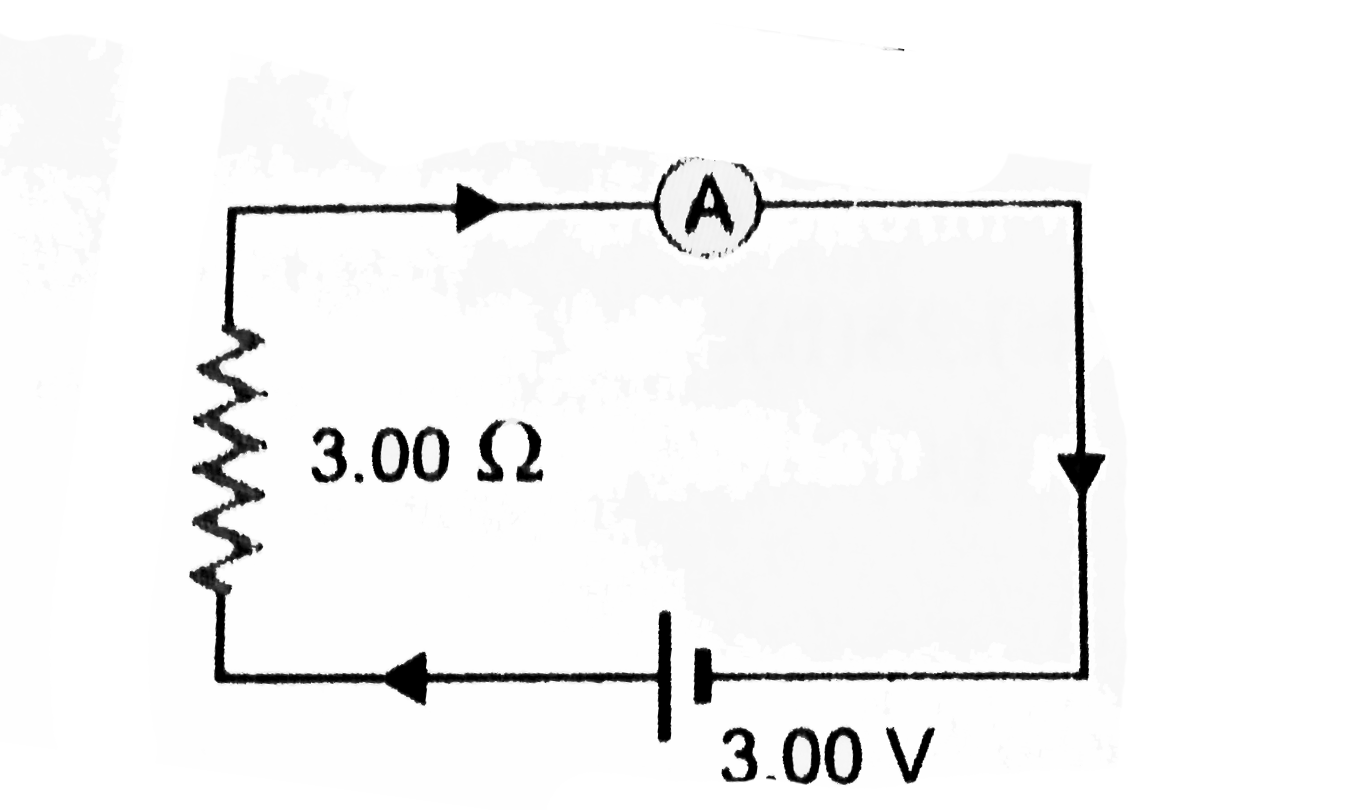
(b) Resistance of the galvanometer as ammeter is
Total resistance
Hence,
Topper's Solved these Questions
- UNIT–III & UNIT–IV MAGNETIC EFFECTS OF CURRENT AND MAGNETISM & E.M.I. AND ALTERNATING CURRENTBOOK - CBSE COMPLEMENTARY MATERIALCHAPTER - UNIT–III & UNIT–IV MAGNETIC EFFECTS OF CURRENT AND MAGNETISM & E.M.I. AND ALTERNATING CURRENTEXERCISE - LONG ANSWER QUESTIONS (5 Marks)
5 Videos
- SAMPLE QUESTION PAPER 2019BOOK - CBSE COMPLEMENTARY MATERIALCHAPTER - SAMPLE QUESTION PAPER 2019EXERCISE - Section C
19 Videos
Similar Questions
In the given circuit the current is to be measured .What is the value of the current if the ammeter shown (a) is a galvanometer with a resistance RG=60.00Ω, (b) is a galvanometer described in (a) but converter to an ammeter by a shunt resistance Rs=0.02Ω, (c) is an ideal ammeter with zero resistance ?
View SolutionIn the circuit, the current is to be measured. What is the value of the current if the ammeter shown :
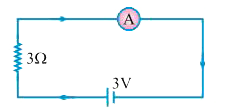
(a) is a galvanometer with a resistance RG=60Ω,
View Solution
Knowledge Check
For the circuit (figure) the currents is to be measured. The ammeter shown is a galvanometer with a resistance RG=60.00Ω converted to an ammeter by a shunt resistance rS=0.02Ω. The value of the current is
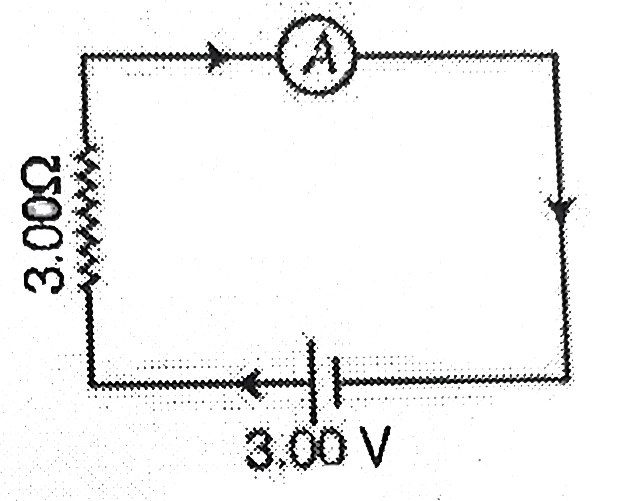 A0.79 AB0.29 AC0.99 AD0.8 A
A0.79 AB0.29 AC0.99 AD0.8 AA galvanometer of resistance 70Ω, is converted to an ammeter by a shunt resistance r3=0.03Ω. The value of its resistance will become
A0.025ΩB0.022ΩC0.035ΩD0.030ΩIn the circuit shown below, the ammeter reading is zero. Then, the value of the resistance R is
 A50ΩB100ΩC200ΩD400Ω
A50ΩB100ΩC200ΩD400Ω
In the circuit, the current is to be measured. What is the value of the current if the ammeter shown :
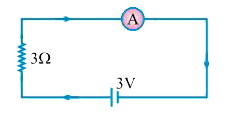
(c) is an ideal ammeter with zero resistance?
View SolutionIn the given circuit the current is to be measured the value of the current if the ammeter shown is a galvanometer with a resistance Rg=60ω is
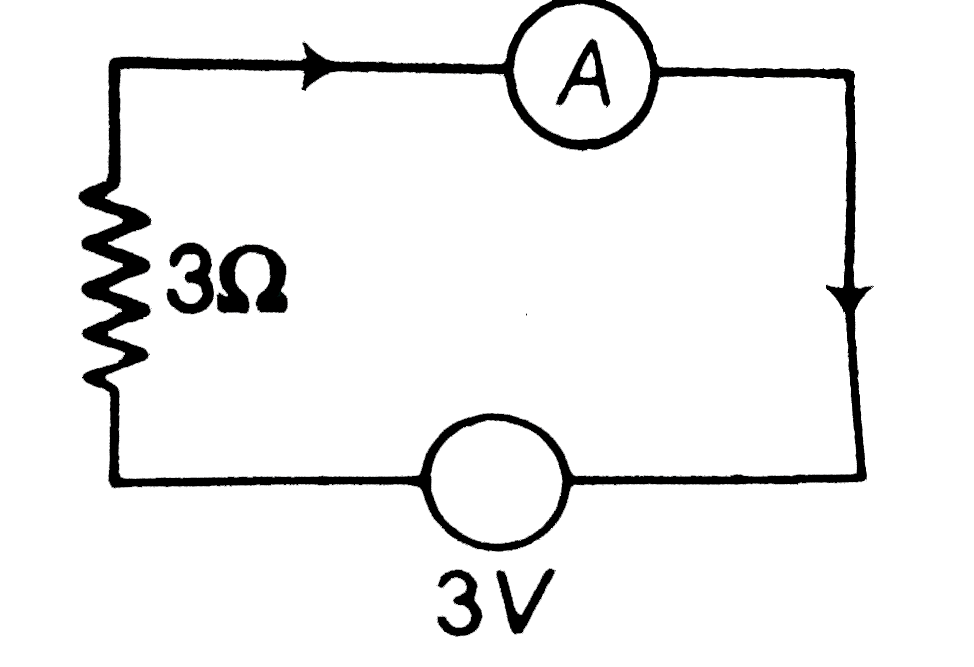
View SolutionThe value of current in the given circuit if the ammeter is a galvanometer with a resistance RG=50Ω is
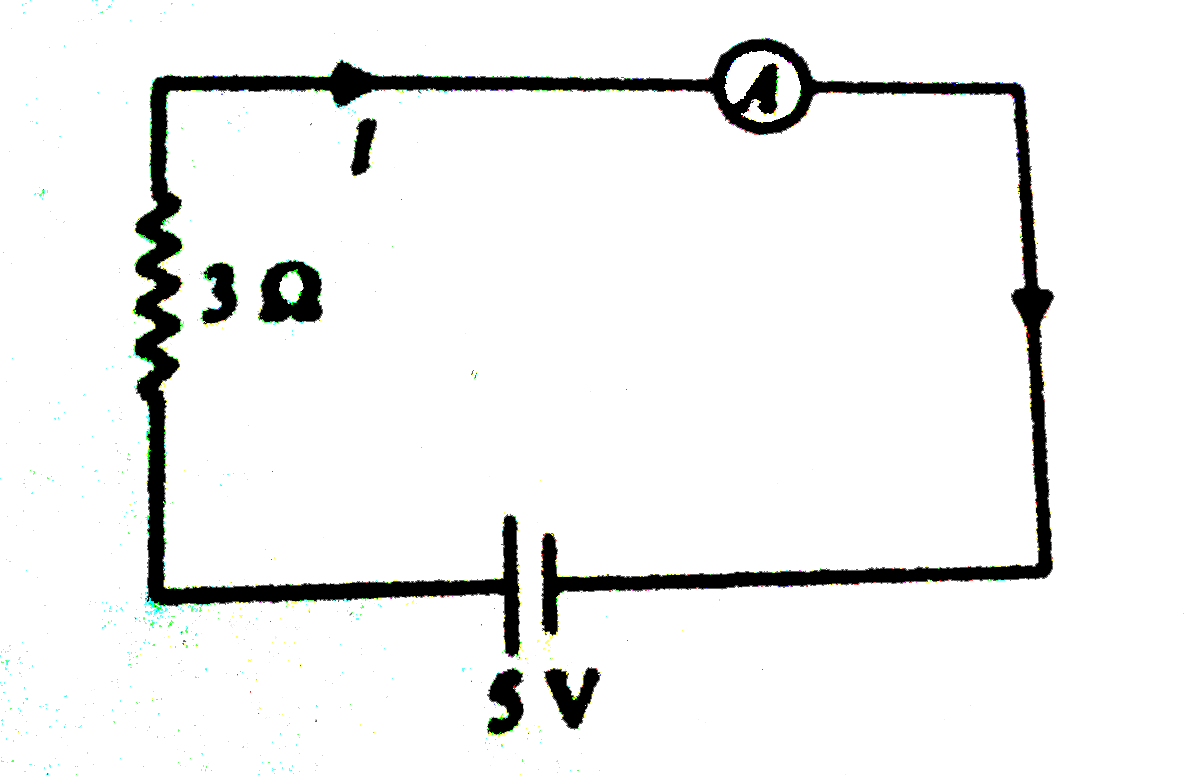
View SolutionIn the circuit shown in figure, the current is to measured. What is the value of the current if the ammeter shown (i) is a galvanometer with a resistance RG=60⋅00Ω. (ii) is a galvanometer described in (i) but converted to an ammeter by a shunt resistance rs=0⋅02Ω, (iii) is an ideal ammeter with zero resistance?

View SolutionIn the circuit shown below, the ammeter reading is zero. Then, the value of the resistance R is
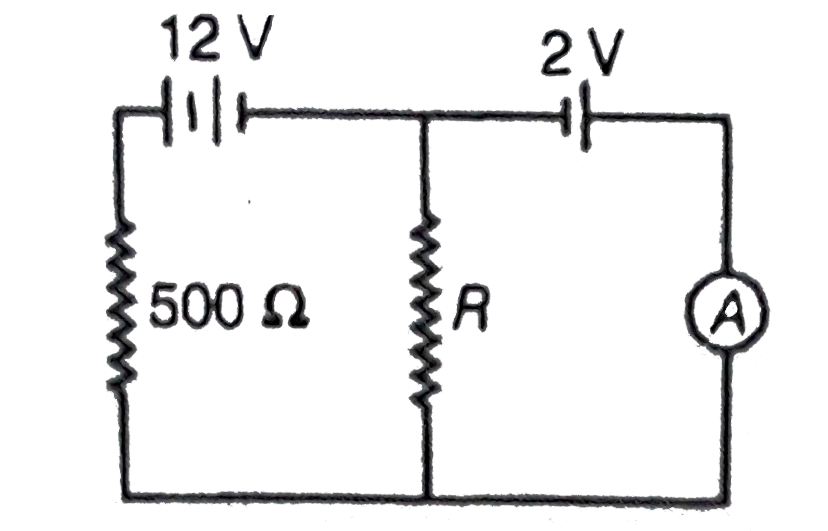
View Solution
